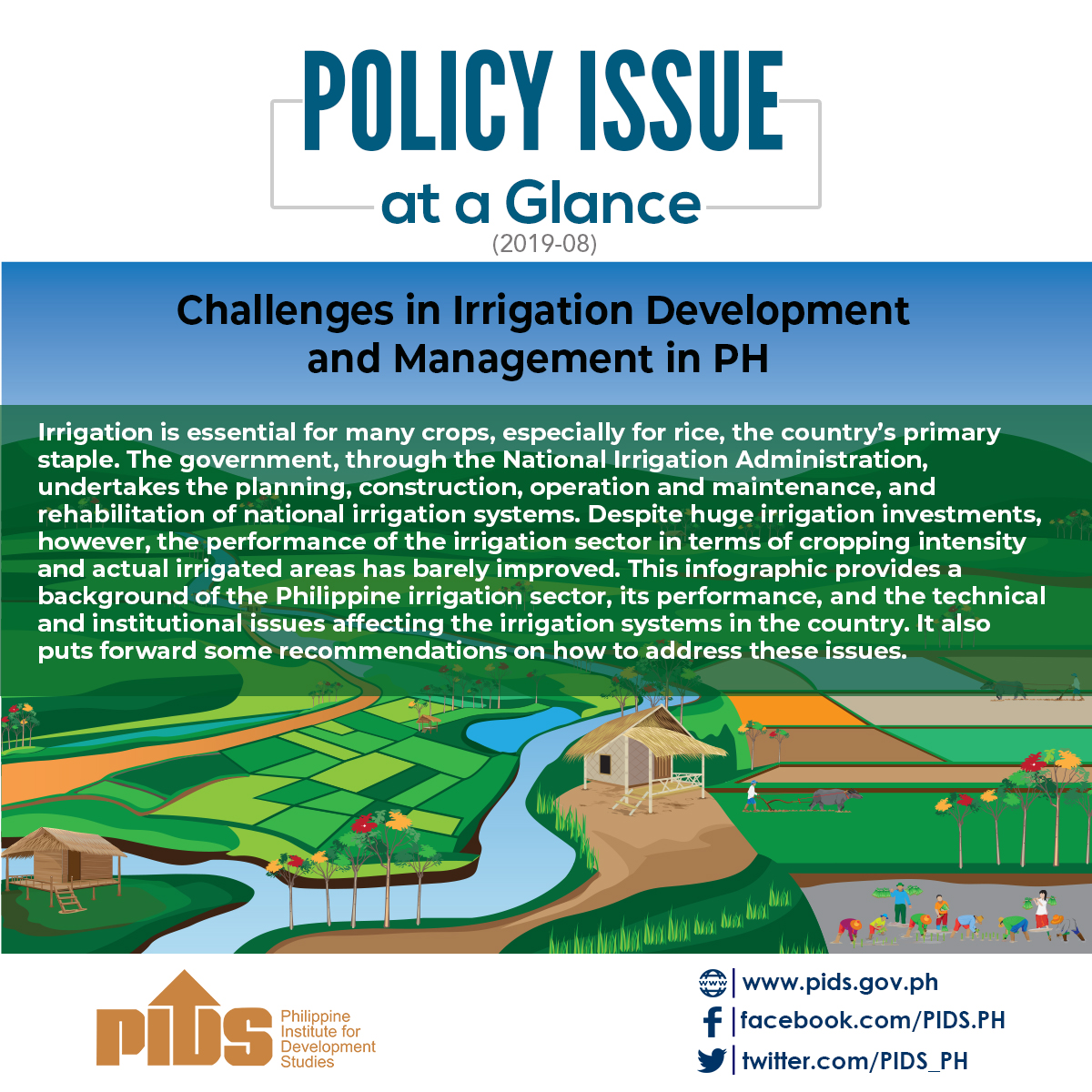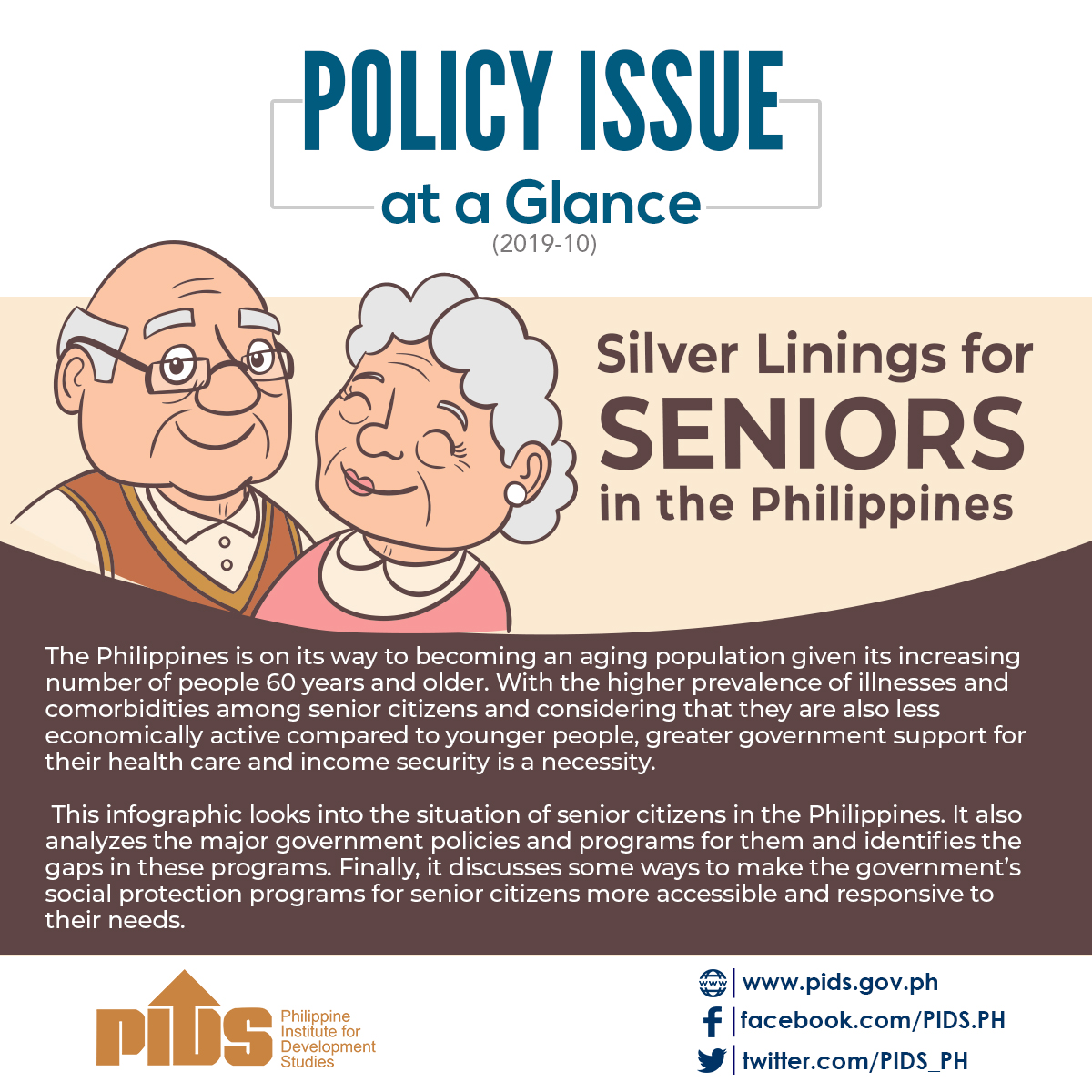State-run Philippine Health Insurance Corporation (PhilHealth) is still far from functioning effectively as the envisioned country’s strategic purchaser of individual-based health services under the Universal Health Care (UHC) law, according to the Philippine Institute for Development Studies (PIDS).
In the study titled “The Financial Health of Select Philippine Hospitals and the Role of the Philippine Health Insurance Corporation as the National Strategic Purchaser of Health Service,” PIDS flagged the state health insurer’s weaknesses in leveraging purchasing power to shape health care provider behavior and drive UHC goals, steering cost-effective service delivery and distributing resources equitably.
The study was authored by PIDS Supervising Research Specialist Jhanna Uy, Consultant Christian Edward L. Nuevo, Research Analyst Lyle Daryll D. Casas, and Senior Research Fellow Valerie Gilbert T. Ulep.
According to the PIDS authors, PhilHealth’s contribution to the country’s total health expenditures continues to be “stunted” and the reliance on household out-of-pocket spending remains prominent.
On top of this, there was also a decline in the median share of PhilHealth’s reimbursements to both public and private hospitals.
Moreover, the authors pointed out that PhilHealth’s contribution in financing health services in local government units (LGU) for both hospital and primary health care was also weak compared to consolidated expenses from LGU themselves.
“On a per-capita basis, median LGU health spending steadily increased from P425 in 2010 to P754 in 2020. And while median PhilHealth per-capita contribution to LGU facilities in the 115 HCPNs (Health Care Provider Network) increased from P42 in 2010 to P249 in 2017, it has been constantly eclipsed by LGU budget allocation. In 2020, PhilHealth contribution now amounts only to a median of P154 per-capita in 2020,” the authors said.
The authors pointed out that PhilHealth benefit payouts on inpatient claims over the years took the majority of claims, averaging at a share of 90.2 percent from 2015 to 2020.
However, the share of PhilHealth’s primary health care benefit package in overall PhilHealth payments was practically non-existent.
“With the UHC Act pushing for stronger focus on primary health care, PhilHealth’s role in financing health services at this level should be competitive with that of LGUs. However, PhilHealth benefit payment over the years has been overwhelmingly hospital-centric, and incentivizes expensive inpatient care versus more cost-effective and accessible PHC services,” they said.
Furthermore, PhilHealth has also not been able to facilitate equity in financing and access to care as claims data show that around 60 percent of PhilHealth payments are concentrated in the richer National Capital Region and Luzon areas which are home to 63 percent of licensed hospitals in the country.
The biggest share in PhilHealth claims payments also goes to private hospitals, PIDS said.
Apart from this, indigent patients also receive less share in PhilHealth payments following their service delivery access points.
To advance UHC, the authors recommended strengthening and prioritizing primary health care in terms of service delivery enhancement, financing and incentives.
They also recommended that PhilHealth expand its fiscal space through premium increases as stipulated under the UHC alongside the establishment of clear benefit expansions.
Other recommendations of the authors include speeding up prospective payment mechanisms to better support private and public facilities; capital investments and expansion of public hospitals; more implementation research to know how public hospital fiscal space and financial management may be improved; and a systematic monitoring and collection of hospital financial health data.
PIDS study flags PhilHealth’s weaknesses












